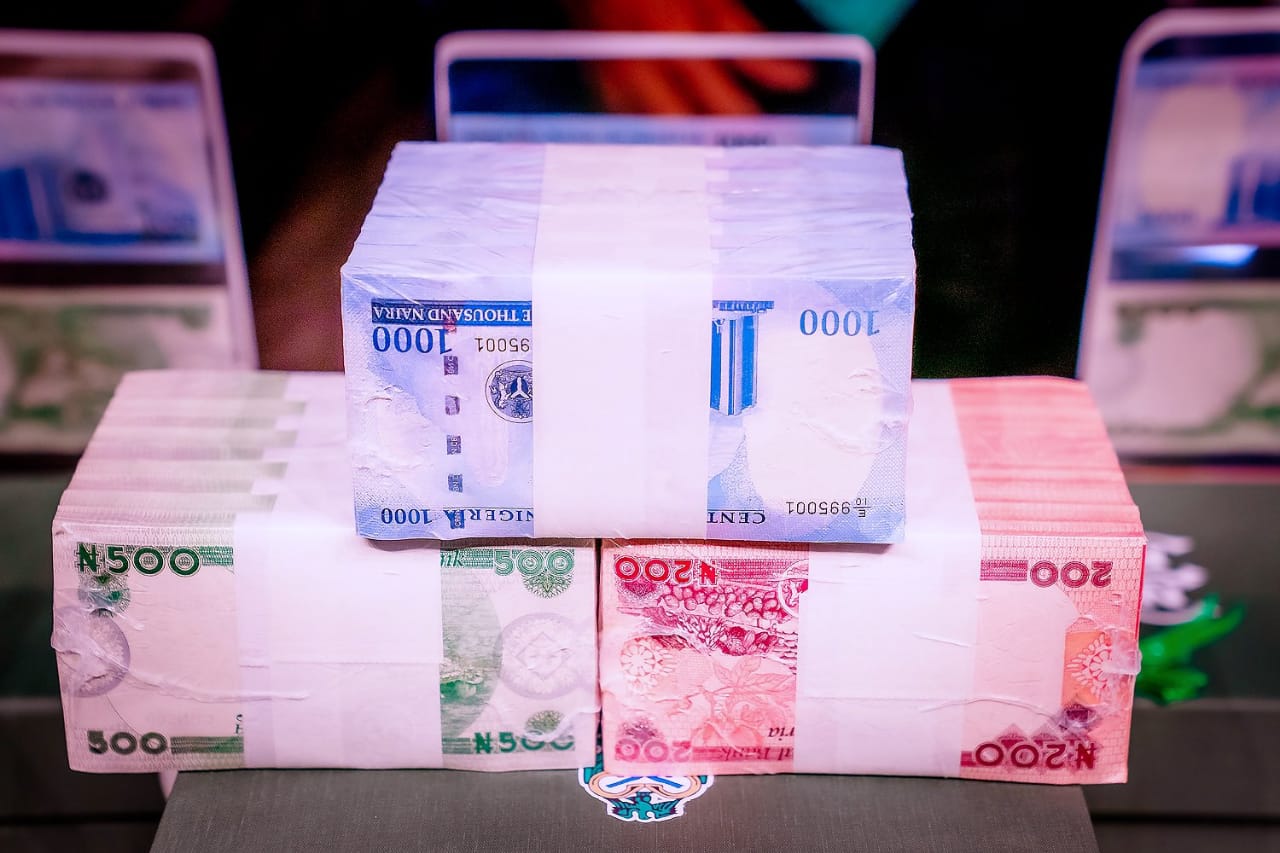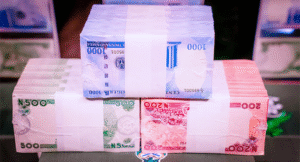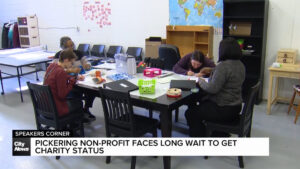
The company, saddled with the printing of the new currencies, added that the new banknotes “are generally light when issued, then become heavier in circulation on getting in contact with dirt and moisture.”
The Nigerian Security Printing and Minting PLC has said the new naira notes leave traces of traces of intaglio inks when rubbed on plain white surfaces.
The company, saddled with the printing of the new currencies, added that the new banknotes “are generally light when issued, then become heavier in circulation on getting in contact with dirt and moisture.”
In a statement signed by the Managing Director of NSPM, Ahmed Halilu, on Friday, said the company found it expedient to enlighten Nigerians on the features and misconception about the new naira notes.
The statement read in part, “The attention of the Nigerian Security Printing and Minting Plc has been drawn to various clips, skits, concerns and comments on various platforms regarding the quality of the redesigned banknotes that were recently unveiled and issued by the Central Bank of Nigeria.
“As the nation’s foremost security printing and minting company saddled with the responsibility of producing the country’s currency (naira), we find it expedient to address the salient issues and further enlighten Nigerians on the features of the currency and, most importantly, the misconception about the quality of the new naira notes.
“The NSPM Plc has been meeting the currency needs of Nigeria with the support of the Central Bank of Nigeria since 2014. Indeed, Nigeria has achieved zero importation of currency, developed local capacity and, to an extent, conserved foreign exchange within this period.”
“We want to inform all Nigerians that the new naira notes are of the same substrates and passed through the same printing processes and finishing procedures.
“It is, therefore, basically the same as the other notes in circulation. It also leaves traces of intaglio inks when rubbed on plain white surfaces. It is, however, important to note that new banknotes are generally light when issued, then become heavier in circulation on getting in contact with dirt and moisture.
“In addition, the second stage of currency printing (Intaglio) requires a heavy deposit of special inks with fairly large particles to give a tactile feeling of the portraits as well as other raised prints by way of design.”
The CBN Governor, Godwin Emefiele, had on October 26 announced plans to redesign N200, N500 and N1,000 notes.
He said it would take effect from December 15 and Nigerians have till January 31, 2023, to exchange their old naira notes.






